Now Reading: Top 10 Best Places to Visit in Quảng Trị – Historical Sites, Beaches & Cultural Landmarks
-
01
Top 10 Best Places to Visit in Quảng Trị – Historical Sites, Beaches & Cultural Landmarks

Top 10 Best Places to Visit in Quảng Trị – Historical Sites, Beaches & Cultural Landmarks
1.Vinh Moc Tunnel
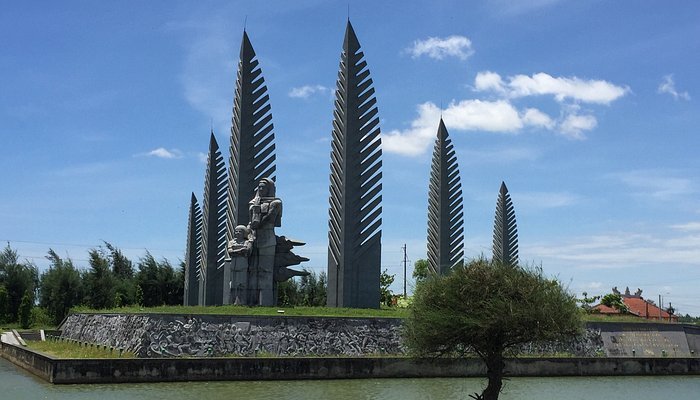
In Quang Tri Province, Vietnam, the Vinh Moc Tunnels serve as an emotional symbol of how strong Vietnamese people were during the Vietnam War. These tunnels let visitors see the great efforts ordinary people made to endure constant bombings.
- History and Importance
- Between 1965 and 1967, the Vinh Moc Tunnels came into existence to shield people from the major bombings the US army was carrying out over Vinh City. The people of Vinh Moc decided to provide protection for their home by digging a huge underground shelter. About 18,000 working hours were necessary to cut through 2 kilometers of tunnels that stretch up to 30 meters deep.
- While the Cu Chi Tunnels were made mainly for warfare, Vinh Moc was created to be a village underground. About 60 families lived there, all with access to wells, places to prepare meals, living spaces and a maternity ward where 17 families welcomed their children . Unbelievably, no workers were affected by accidents during their long time in the tunnels.
Visitor Information
- Coordinates: The site is found in Vinh Moc village, Kim Thach commune, Vinh Linh district, in Quang Tri province.
- Every day, the cafe is open from 7:00 AM to 5:00 PM.
- Entrance Fee:
- Adults are charged 40,000 VND.
- Guests over 1.2 meters tall should pay 20,000 VND.
- Kids below 1.2 meter height do not need tickets.
- Best Days and Months
- During the dry season, from February to August, the Vinh Moc Tunnels can be visited more comfortably because the weather is better.
2.Khe Sanh Combat Base
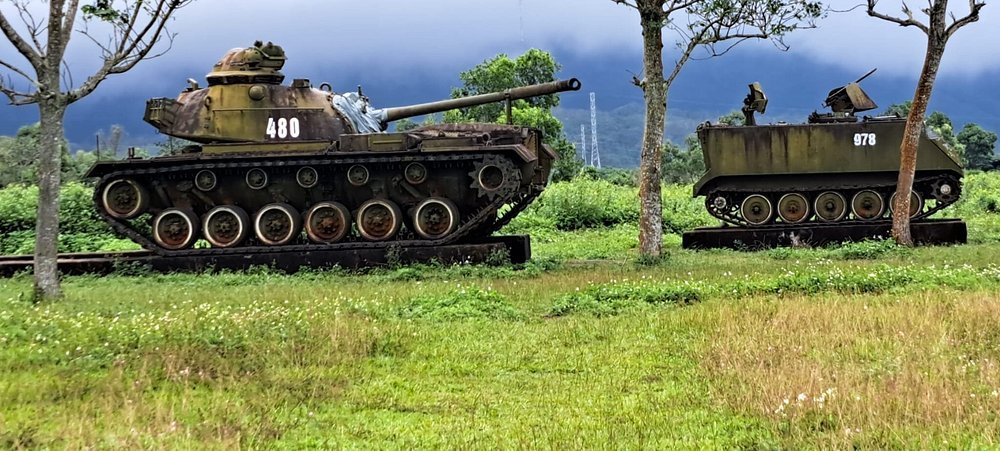
Khe Sanh Combat Base, set in the rough hills of Quảng Trị near the Laotian border, shows the perseverance and complicated decisions of the Vietnam War. The place once held great importance for the U.S. Marines, now it is a place visitors to learn from its rich past.
- Historical Significance
- The U.S. Army Special Forces founded Khe Sanh Combat Base in 1962 to watch and stop North Vietnamese actions on the Ho Chi Minh Trail. Being where it was meant that it controlled the transport of goods and decisions about military influence.
- The base was recognized internationally because of the Battle of Khe Sanh (January 21 – April 8, 1968), a major confrontation in the Vietnam War. For 77 days, the defense of the base involved 6,000 U.S. Marines and South Vietnamese troops against a siege from as many as 20,000 North Vietnamese soldiers. The battle was much like the 1954 defeat of the French at Dien Bien Phu which made its symbolic significance clear.
- In spite of strong bombardment and being cut off, the US, with huge air support, was able to guard the base from attack. The siege was lifted when the U.S. Army and Marines carried out Operation Pegasus.
Facilities and Things to See
- Anyone interested in Khe Sanh Combat Base can today see preserve or reconstructed parts that tell us what happened there in the war:
- Ta Con Airfield was once busy with military airplanes but today you can only see the remains of a C-130 transport plane and a UH-1 Huey helicopter.
- The Khe Sanh Victory Museum presents historical items, photos and displays that explain the battle and surrounding war.
- Reconstructed Bunkers and Trenches Clearly highlight what life and fighting tactics were like during the siege.
- A variety of tanks, artillery and other military vehicles are put on display to highlight the size of the armed forces.
- Ideal Visiting Times
- The best time to go to Khe Sanh Combat Base is between November and April during the dry season. Many cultural festivals in Vietnam take place during this time, so travelers enjoy more options.
- The place where it took place was Khe Sanh in Hướng Hóa District, Quảng Trị Province, in Vietnam.
- The clinic is open from early in the morning (7:00 AM) to late afternoon (5:00 PM) every day.
- You are required to pay around 40,000 VND as Entrance Fee (the amount may change).
3.La Vang Church
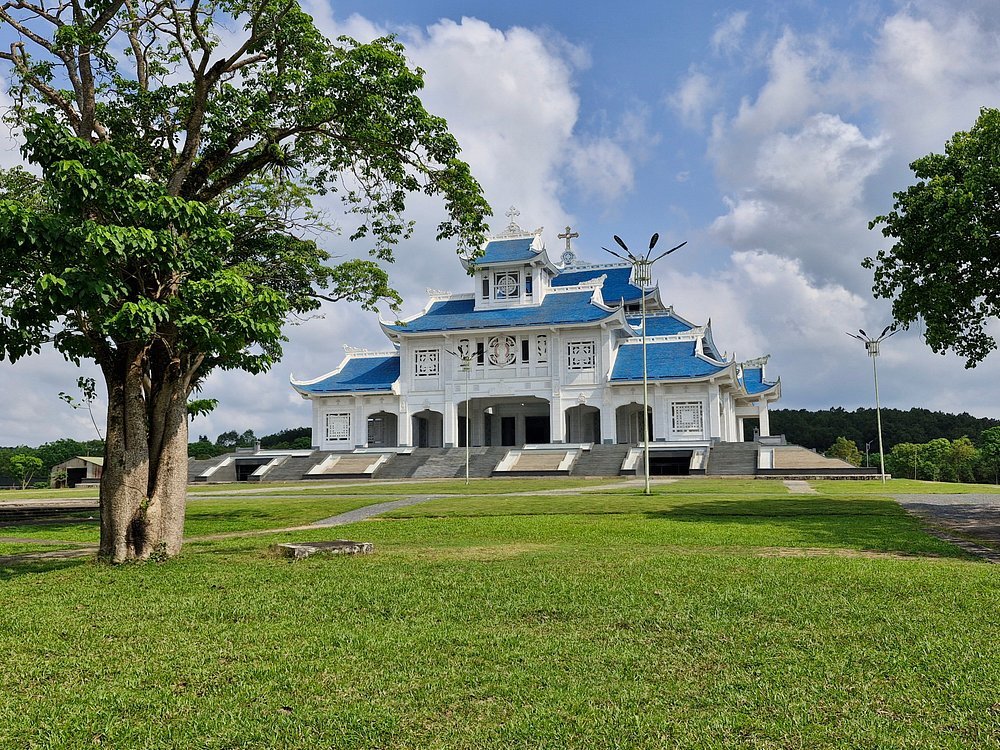
Located in the peaceful Hai Phu commune of Hai Lang District, Quảng Trị Province, La Vang Church demonstrates the strong faith, strength and traditions of the area. Our Lady of La Vang Basilica is important to Vietnamese Catholics and is a place many around the world visit.
- Historical Background
- In 1798, because Catholics were being persecuted by the Cảnh Thịnh Emperor, several believers ran to the dense forests in La Vang. At that time, when things were very difficult, some say the Virgin Mary appeared to the believers, helping and guiding them. She encouraged the villagers to boil the leaves from trees in the area to cure illnesses which could have inspired the name La Vang.
- When the persecution was over in 1802, Catholics went back to their villages and told what they had seen. As a result, a chapel was built in 1820. Throughout its history, the site was rebuilt frequently to fix problems like damages caused in 1972 by the Vietnam War. In particular, Pope John XXIII declared the church a minor basilica in 1961 for its role in the Catholic community .
- When is the Ideal Time to Go
- The La Vang Pilgrimage Festival which occurs every three years on August 13 to 15, is the most important event at the sanctuary. During this festival, people honor the Marian apparition and thousands of pilgrims take part, coming from many places in Vietnam and beyond. The festival will take place again in August 2026 .
- Traveling to the dry season (November to April) gives visitors a quiet experience, since there are no harsh weather conditions and only a few people around.
4.Mine Action Visitor Center
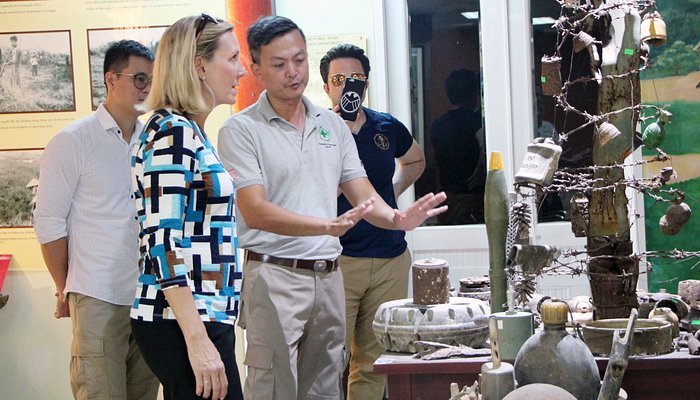
In Đông Hà, Quảng Trị Province, you can find the Mine Action Visitor Center which gives a vivid account of the Vietnam War’s impact. At the center, people learn about the threats from Unexploded Ordnance (UXO) and how these dangers are being managed cooperatively.
How the period influenced and changed society
Due to intense bombing in Quảng Trị Province, there is now a large number of unexploded objects. The Mine Action Visitor Center established by the Quảng Trị Mine Action Center (QTMAC) allows visitors to understand the continuing risks and the actions being taken to solve them.
- At the heart of the exhibition you will find:
- Images and Presentations: Clear pictures of war destruction and UXO removal.
- Documentaries tell stories about the consequences of the war and activities meant to recover.
- Displaying information that tells visitors about the risks of UXOs and how important it is to clear mines
Visiting Information
Monday to Friday, the place is open from 8:00 AM until 5:00 PM. Visits on the weekends are organized after making an appointment ahead of time.
Admission is absolutely free for everyone.
Address: Đường Lý Thường Kiệt, Đông Hà City, Quảng Trị Province, Vietnam.
- Best Time for a Visit
- You may visit the center any time of the year. Even so, visiting during the dry season (from November to April) results in better weather conditions. Lining up your visit on April 4, the day for Mine Awareness and Assistance in Mine Action, opens doors to events and provides extra knowledge about current demining activities.
5.Quang Tri Citadel
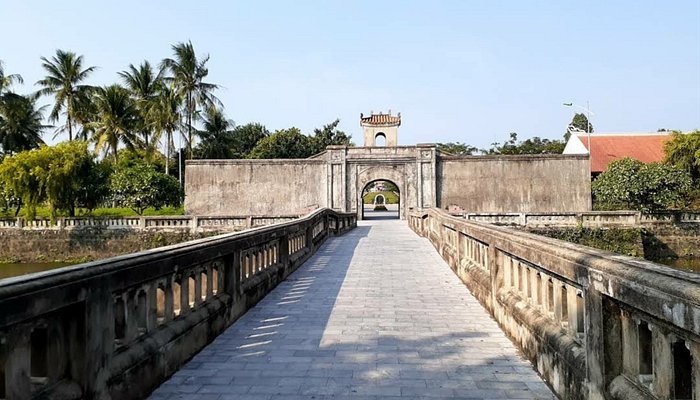
The Quảng Trị Ancient Citadel which is found in Quảng Trị Town, serves as a direct reminder of Vietnam’s struggles and the people’s determined spirit. After being an important base during the Vietnam War, the citadel is now regarded as a site of respect, where those who fell fighting the war are remembered.
Historical Overview
- Early Foundations
- In 1809, Emperor Gia Long commissioned the citadel which was then built using rammed earth. Because of its strategic role, Emperor Minh Mạng renovated it using brickwork in 1837 to make it stronger. Constructed into a square shape, the fortress stood high at 4 meters and 13.5 meters thick at its foundation, all enclosed by a moat. There were protruding bastions at each corner and major gates were placed to face the north, south, east and west.
- While Vietnam was under the Nguyễn Dynasty, the citadel was a fortress and the place where government business was conducted. Beginning in 1929, the political dissidents were transferred to the prison.
Memorial and Building Facilities
Helping with both restoration and remembrance
In the 1990s, work began to fix the citadel, seeking to keep its historical value and honor those who died there. These have certain main features which are:
The main gates and wall segments have been rebuilt just as they appeared when the citadel was first built.
At the citadel’s center is Central Memorial Plaza which features an octagonal structure that represents the 81-day battle. People climb 81 stairs to get to the altar, remembering the soldiers who made the ultimate sacrifice.
A monument called the Bell Tower was built in 2007. Inside it is a 9-ton bell that is tolled at special events as a tribute to the martyrs.
The museum in the southwest corner gives an in-depth view of the citadel’s history through its display of wartime objects, soldiers’ letters and detailed narratives.
- Optimal Season
- The citadel is available to the public each day, from 7:00 AM until 5:00 PM, including on weekends and holidays. Getting into the temple is free, though it usually costs about $15 USD for a tour and for incense.
- You should try to see the region in the dry season (November to April) if you want better weather for your experience. Also, floats carrying thousands of candles and lanterns are released along the banks of the Thạch Hãn River every 14th day of the lunar month, remembering the heroes who lost their lives during the 81-day siege.
6.Cua Viet Beach
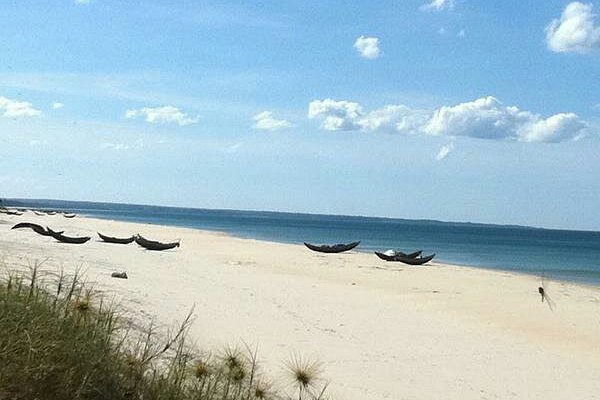
Visitors will find Cửa Việt Beach in Tân Lợi Village, Gio Việt Commune, Gio Linh District, Quảng Trị Province and appreciate its tranquility, clean white sand, soothing waves and clear ocean waters. Just about 15 km southeast of Đông Hà City lies the beach, giving visitors a pleasant area where nature and history mix.
- Historical Significance
- Many historians see Cửa Việt Beach as important because of how close it is to the old Demilitarized Zone (DMZ). The region was also the location of the important Battle of Cửa Việt in January 1973 which was one of the very last battles before the Paris Peace Accords mandated a ceasefire. The combat was highly intense and both sides of the war suffered considerable losses .
- The closely located Cửa Việt Base acted as a vital support and supply hub for operations of the Marine Corps and Navy between 1966 and 1975. There were routes built from the base along the Cửa Việt/Thạch Hãn River and it played a major role in all the region’s military operations .
- The best time to enjoy your trip to Israël is:
- The best time to go to Cửa Việt Beach is when it is sunny and dry, from December to April. These are the most pleasant months of the year, with calm weather, clear skies and not a lot of rain, great for sunning yourself at the beach and sightseeing.
- You should try to avoid May and June, since that time sees very high temperatures thanks to the Lao wind. Storms and heavy rain during the rainy season, from September through November, sometimes stop people from doing outdoor activities .
7.Mai Xa Village
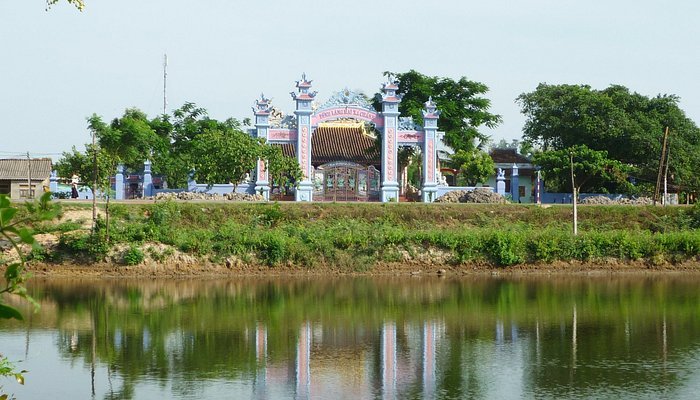
Origins in Ancient Ephesus & Square-Shaped Houses
Founded more than 500 years in the past, Mai Xá became famous as a learning village (đất học) where people valued education and followed Confucian beliefs. The Mai Xá Chánh Communal House is its most important feature and was built centuries ago in traditional chest-framed style.
The hall is 12 mt long and 8.2 m wide, topped by plaster and porcelain tiles shaped into unicorns (kỳ lân) and phoenixes (phượng hoàng).
The front entrance is flanked by wooden beams decorated with repeated lines asking for filial obedience and common understanding. Porcelain animals including dragons and horses faithfully watch over the door from above.
There are two main areas in the building and the front chamber is for ceremonies, learning and community events, while the back hall holds the altar for offerings.
When is the Best Time to Go
- The season is draining as it draws moisture from the ground (November – April).
- The dry season in Quảng Trị brings clear skies, mild temperatures and pleasant humidity which make it ideal to walk around Mai Xá’s neighborhood, snap pictures and explore the gilded communal house without getting drenched in rain.
- The Boat Racing Festival usually runs during the 6th and 7th lunar months which are July and August.
- You can observe the Village Boat Racing Festival by visiting Hue in mid-summer. Groups of rowers dress up in colorful clothes and compete on the Hieu River to the sound of drums, firecrackers and excited riverside viewers. Through Mai Xá, the community spirit comes alive and allows people to take part in many cultural activities.
- Chạp Mả Festival takes place during the 8th and 9th Lunar months which is typically in September–October.
- During Chạp Mả, local people clean, paint and decorate the graves of their ancestors by the rivers. The morning air is often covered by fog, giving a melancholic, foggy look to the fields. Visitors often participate in ritual offerings which allow them to witness and value the age-old traditions that show the ties between family members and their ancestors.
8.Cua Tung Beach
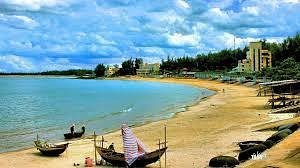
Vĩnh Linh District is home to Cửa Tùng Beach which many call Vietnam’s Queen of the Beaches. Clean and white beaches, gentle waves and a strong cultural past give Bali a special identity.
General Summary & Stunning Nature
About 1 km long, the beach at Cửa Tùng is known for its beautiful blue waters and wide, white sands. Because of its gentle slope and tranquil waves, the beach is perfect for people who want to swim and relax in the sun. Basalt and stone areas curved like a sea-tangled comb, give an added aesthetic to the composition. Abundant jackfruit, pineapple, banana and custard apple orchards make the area even more attractive.
Historical Significance
- French Colonial Period
- Early on in the 20th century, French colonists saw the beauty of Cửa Tùng Beach and built vacation houses and guestrooms there, inspired by the Gothic architecture. The beach started gaining a strong reputation as a top spot for relaxation during this era.
- Vietnam War Heritage
- Close to the 17th parallel, Cửa Tùng Beach is close to places like the Hiền Lương Bridge and the Bến Hải River which divided the North and South of Vietnam. The port of Cửa Việt lies near the place where the Battle of Cửa Việt took place in January 1973, among the last conflicts before the Paris Peace Accords ceasefire.
Best Time to Consider
It is best to visit Cửa Tùng Beach from December to April, because the sky is clear and the weather is enjoyable for beach activities and sightseeing.
Getting up for a 5:30 AM sunrise will give you an impressive view over the Gulf of Tonkin. Local fishermen returning with their daily catch at this moment show the daily life happening on the coast.
9.Quang Tri Museum
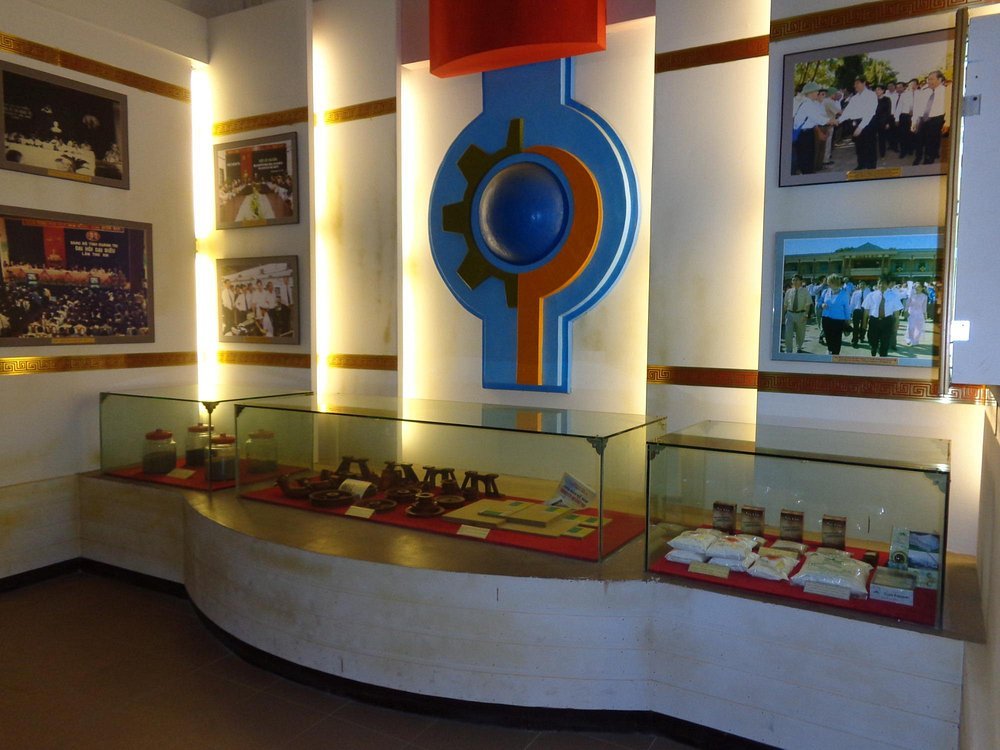
Set in Đông Hà City, the Quảng Trị Provincial Museum lets visitors explore Vietnam’s history, giving special focus to the Vietnam War era. On 08 Nguyễn Huệ Street in Ward 1, this museum represents the bravery and traditions of the region.
- Historical Significance
- Quảng Trị Province, just south of the old Demilitarized Zone (DMZ), was central to many events in the Vietnam War. There are more than 30,000 artifacts inside the museum and these include military things like planes, tanks, rockets and artillery guns, as well as documents and photos about wartime events. Exhibits from the ancient Champa period in the museum add to its rich collection and highlight the area’s background.
- The museum is planned in the southwest zone of the historic citadel which shows signs of destruction from war and represents the strength and determination of the people in Quảng Trị.
Visiting Hours
From 7:30 AM to 11:30 AM happens in the morning.
Afternoon: 1:30 PM – 4:30 PM
- The best time to go is.
- From December to April which is the dry season, is the best time to visit the museum and Quảng Trị Province. In these months, there is a better kind of weather, so you can enjoy all the indoor and outdoor parts of the museum.
10.Dong Ha Market
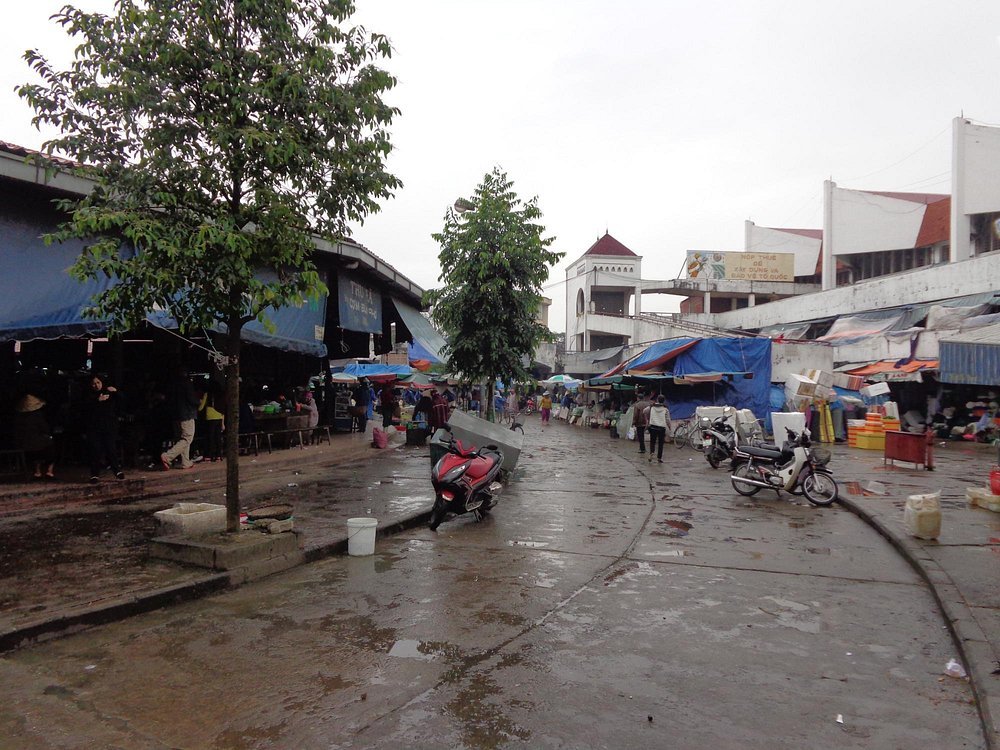
Along the peaceful Hieu River and close to the Đông Hà Bridge, Đông Hà Market acts as a center of business and culture for Quảng Trị Province. Open to everyone, the market displays many sights, sounds and flavors that capture what life is like in Vietnam.
The market is popular because it sells many different goods, like produce, seafood and products for the home. A visible trait is the availability of goods imported from Laos and Thailand, demonstrating how close economic ties with neighbors. People from other places usually become involved in the busy market, where they join in on the haggling and buying and selling is an important cultural part of daily life.
Culinary Delights
Besides all the market’s many stalls, you’ll also find a peaceful food court serving real Vietnamese delicacies. A well-known dish is the bún bò Huế, a beef noodle soup with a strong flavor that Anthony Bourdain also liked. Because of its rich broth and use of herbs, this dish reflects the culinary customs of central Vietnam.
- When to Visit
- If you want to truly see how busy the market is, trying to come during the hours from 6:00 AM to 9:00 AM is best. There is plenty of life in the market now, since vendors have positioned their booths and everything available is as fresh as can be. Because it’s cooler in the morning, exploring is much more pleasant.
Related articles : Top 10 Best Places to Visit in Sóc Trăng – Unique Pagodas, Floating Markets & Cultural Gems
Stay Informed With the Latest & Most Important News
Previous Post
Next Post
-
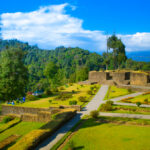 01Top 5 Best Places Visiting in Gyalshing – Monasteries, Lakes & Scenic Escapes
01Top 5 Best Places Visiting in Gyalshing – Monasteries, Lakes & Scenic Escapes -
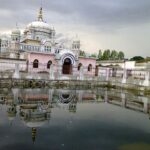 02Top 5 Best Places Visiting in Panna – Temples, Waterfalls & Wildlife Escapes
02Top 5 Best Places Visiting in Panna – Temples, Waterfalls & Wildlife Escapes -
 03Top 5 Best Places to Visit in Malerkotla – Malerkotla Fort, Sheesh Mahal & More
03Top 5 Best Places to Visit in Malerkotla – Malerkotla Fort, Sheesh Mahal & More -
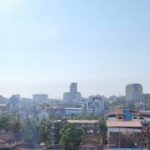 04Top 10 Best Places Visiting in Dakshina Kannad for Culture, Nature & Coastal Charm
04Top 10 Best Places Visiting in Dakshina Kannad for Culture, Nature & Coastal Charm -
 05Top 2 Best Places Visiting in Chitradurga for History, Nature & Adventure
05Top 2 Best Places Visiting in Chitradurga for History, Nature & Adventure -
 06Best Places Visiting in Shopian – Explore Top Attractions & Hidden Gems
06Best Places Visiting in Shopian – Explore Top Attractions & Hidden Gems -
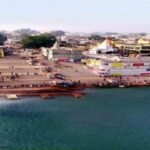 07Best Places Visiting in Narmadapuram – Temples, Waterfalls & Wildlife Escapes
07Best Places Visiting in Narmadapuram – Temples, Waterfalls & Wildlife Escapes















Pingback: Best Places to Visit in Quảng Ninh – Explore Halong Bay, Islands & Cultural Gems